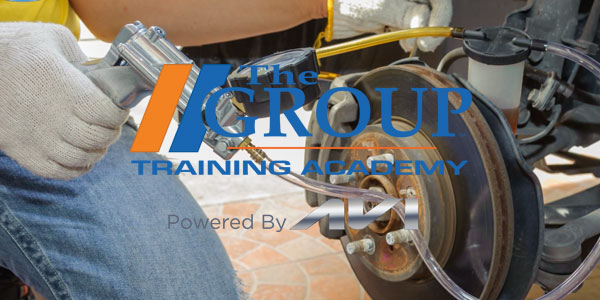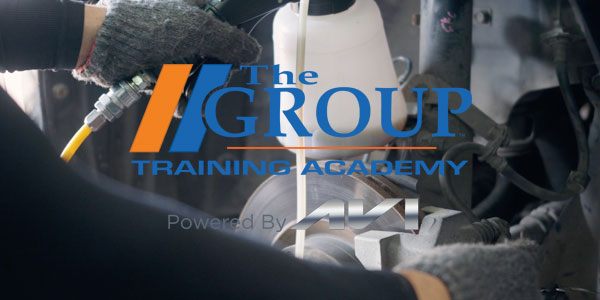On vehicles equipped with antilock brakes (ABS), additional parts include up to four wheel-speed sensors, the ABS hydraulic modulator unit and control module, a pump motor and accumulator (which may not be used on some older systems) and an ABS warning lamp.
Major brake system components include the master cylinder (creates hydraulic pressure to actuate the brakes when the brake pedal is depressed), power booster (most use engine intake vacuum to reduce the pedal effort required to apply the brakes), disc brake calipers, pads and rotors, wheel cylinders, brake drums and shoes, drum brake hardware and brake hoses and lines. Related components include proportioning valves (to reduce pressure to the rear brakes), pressure differential valves (to detect pressure loss in the system), brake fluid (DOT 3 or 4), brake pedal switch and brake warning lamp.
On vehicles equipped with antilock brakes (ABS), additional parts include up to four wheel-speed sensors, the ABS hydraulic modulator unit and control module, a pump motor and accumulator (which may not be used on some older systems) and an ABS warning lamp.
Most vehicles have disc brakes in the front and drum brakes or disc brakes in the rear. The most common wear components in the brake system are the brake pads, rotors, shoes and drums. Front brake pads typically wear at a higher rate (2X to 3X) than rear shoes or pads, but on some newer vehicles the rear pads may wear as fast or faster than the front due to a higher percentage of the braking load being applied to the rear brakes. Brake pads, shoes and rotors must be replaced when worn to minimum thickness specifications. Drums must be replaced if the inside diameter exceeds maximum specifications.
Brake linings should be replaced with the same type of friction material (or better) then the original linings.
Follow the brake supplier’s recommendations for application fitments.
Dirty brake components can be cleaned with aerosol brake cleaner. Caliper mounts and slides, and drum shoe contact points and hardware can be lubricated with high-temperature brake grease (never ordinary chassis grease).
Hydraulic components (calipers, wheel cylinders, master cylinder, hoses and lines) should be replaced if leaking or defective.
New caliper bushings and mounting hardware (and drum hardware) also is recommended for high-mileage vehicles when the brake linings are replaced.
Required to pass this section of the P2 test:
1. Identify major brake system components.
2. Identify component function and common reasons for replacement.
3. Identify related items, including brake fluids, service chemicals and tools.
4. Provide basic use, maintenance, installation and warranty information.











